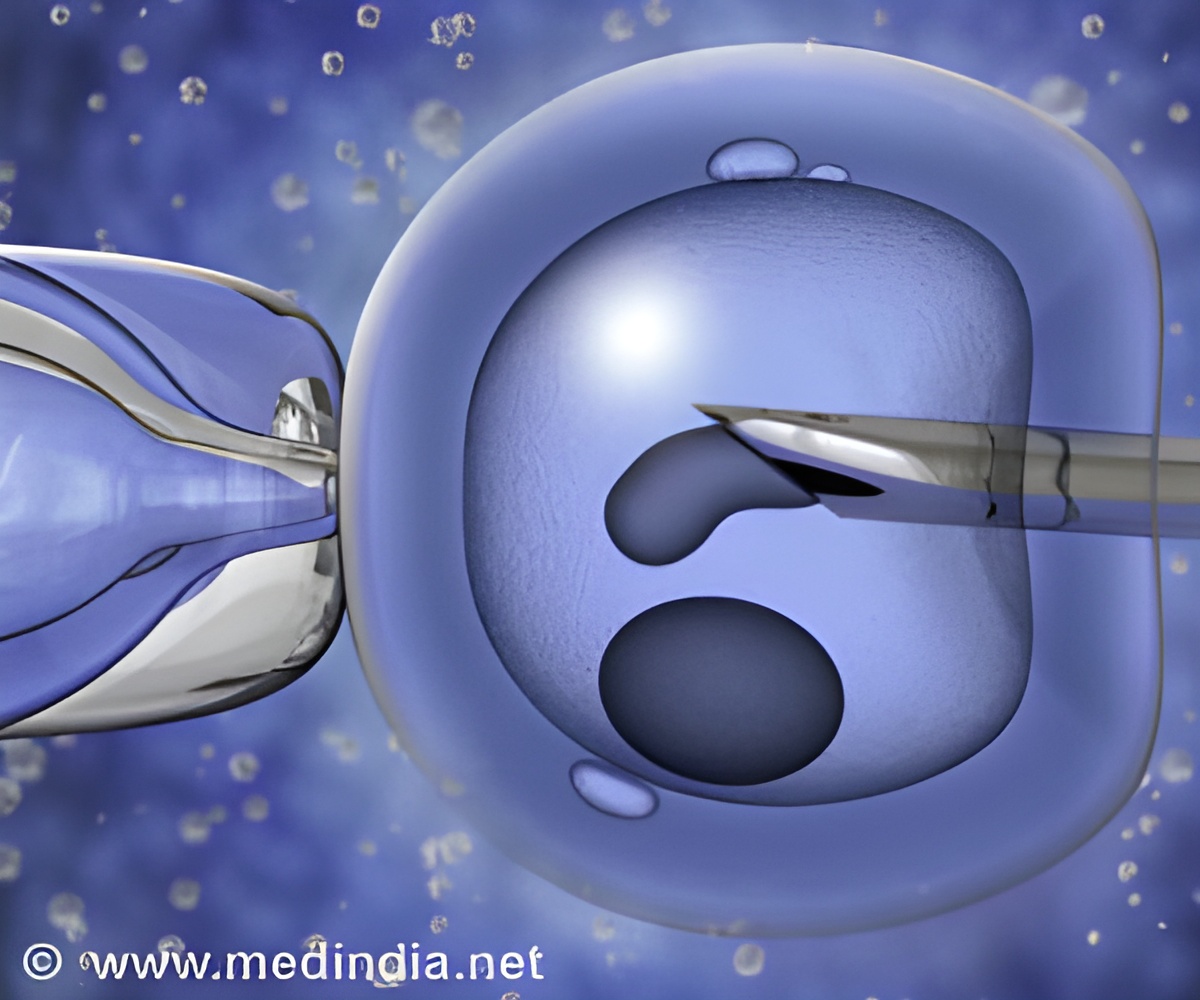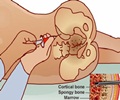
‘The programmed polymer sheets could, for example, later be used to treat bones broken so severely that the body can't repair it by itself.’
Read More..Tweet it Now
For decades, researchers have been learning how to steer this differentiation process by changing the cells’ environment. The knowledge acquired is already being used in tissue engineering, in other words, to generate substitute materials that restore or maintain damaged biological tissues. Read More..
However, most research has been done on static scaffolds. Now, researchers from the Helmholtz-Zentrum Geesthacht (HZG), the Berlin-Brandenburg Centre for Regenerative Therapies, the Freien Universität Berlin and the Helmholtz Virtual Institute for Multifunctional Biomaterials in medicine have used a dynamic scaffold.
New method created
The researchers took a polymer sheet that acts like an artificial muscle. The sheet has an unusual property in that it is trained to morph when exposed to repeated temperature changes reversibly.
The researchers simply molded a grid onto the underside of the sheet and programmed it to stretch as the temperature went from body temperature (37 °C) to 10 °C and to contract when re-heated.
Advertisement
With the help of this "artificial muscle", the scientists could use one physical signal - the temperature change - to send a second mechanical signal to the stem cells simultaneously. With these synchronised stimuli it is possible to encourage the stem cells to turn themselves into bone cells.
Advertisement
Potential application in complex bone fractures "The programmed polymer sheets could, for example, later be used to treat bones broken so severely that the body can’t repair it by itself. Stem cells from a patient’s bone marrow could be cultured on the sheet and adaptively wrap around the bone during an operation.
The previously "trained" cells could then directly strengthen the bones" said Professor Lendlein. Given the recent report in New Scientist of a successful operation at 10 °C at the University of Maryland School of Medicine, such medical implants could become yet another tool in a surgeon’s toolkit.
Source-Eurekalert













